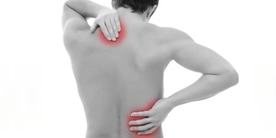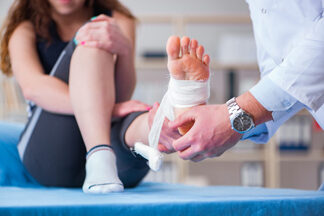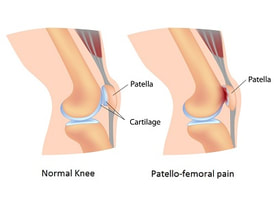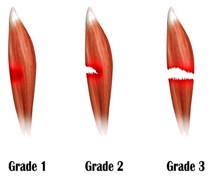|
Injury prevention is often overlooked in sports. Many programs tend to focus on gaining skills, the routine, and competitions. While these are all very important aspects to focus on, athletes getting injured are going to put a damper on all of it. Here are some ways to help prevent injuries:
Here are some ways to help prevent injuries:
2 Comments
Patellofemoral pain syndrome, often referred to as “runner’s knee”, is one of the most common causes of knee pain. PFPS is a common injury seen in adolescent athletes, particularly females. It is caused by an imbalance of forces placed through the patella, or kneecap. The amount of stress placed on the patellofemoral joint varies during certain activities, ranging from about ⅓ to ½ of body weight during walking, 3 times body weight with stair climbing, 5 to 6 times body weight with running, and up to 7 times body weight with squatting. As you can imagine, there is a good amount of running and squatting involved in cheer and this places athletes at an increased risk of developing PFPS.
An overuse injury is a type of muscle or bone injury, such as tendinopathy (tendinitis) or a stress fracture, that is caused by repetitive trauma.
 While there are many benefits of exercise or a hard practice, often times athletes may experience some discomfort. When this occurs, it is important for the athlete to be able to distinguish between soreness and pain. Perhaps you have heard the term delayed onset muscle soreness, but what does this mean? Muscular soreness is a healthy and expected response to exercise. While pain is an unhealthy and abnormal response. Experiencing pain following a hard practice or workout may be indicative of an injury. So, how Do You Tell the Difference? |
Archives
April 2022
Categories
All
Disclaimer: The information contained on this website is compiled from a variety of professional sources as well as the author's own experiences. The information should NOT be used in place of a visit to your healthcare provider or used to disregard any advice provided by your healthcare provider.
|





 RSS Feed
RSS Feed